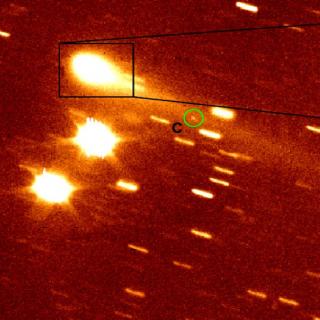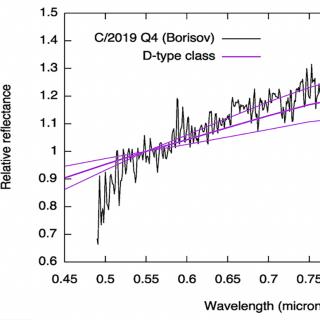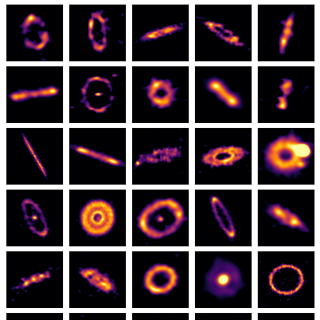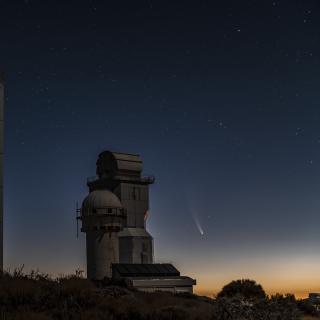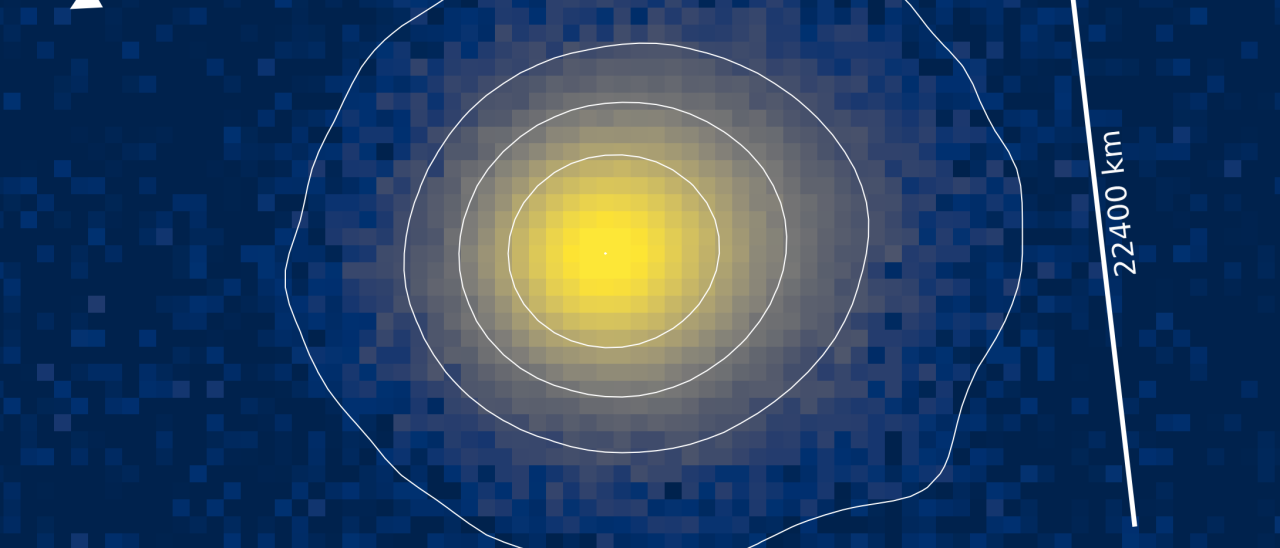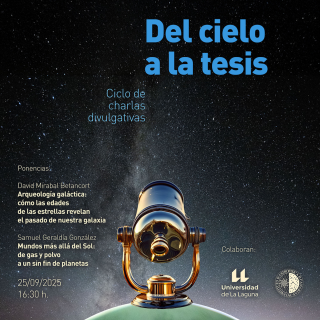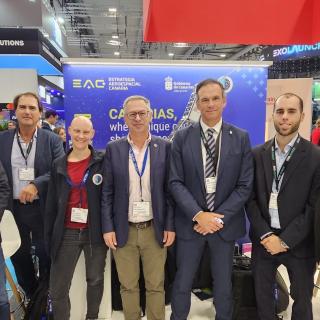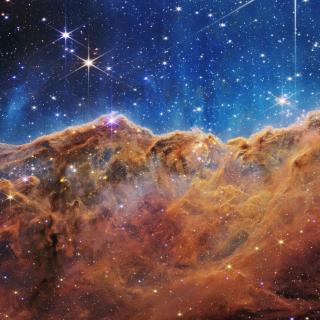Combined image of interstellar comet 3I/ATLAS formed by 239 exposures of 50 seconds taken with the Two-metre Twin Telescope (TTT3) at the Teide Observatory. The brightness contours are superimposed on the comet. The apparent size in the sky is 9.8‘ x 8.8’, which corresponds to a cloud of gas and dust about 25,000 km long and 22,400 km wide. The image shows the orientation, scale and directions in which the Sun is located and in which the object is moving. This image is the result of joint work by the TTT science group and the solar system and low surface brightness groups of the Instituto de Astrofísica de Canarias. Credit: Miguel R. Alarcon, M. Serra-Ricart, J.Licandro, Sergio Guerra Arencibia, Ignacio Ruiz Cejudo, Ignacio Trujillo
The Instituto de Astrofísica de Canarias (IAC) is actively participating in the observation of object 3I/ATLAS (C/2025 N1 ATLAS), initially included as A11pl3Z in the confirmed list of Near-Earth Objects (NEOs) of the International Astronomical Union's Minor Planet Centre (IAU/MPC). The object, which has been shown to be the third interstellar object detected in our solar system, was discovered by one of the telescopes in the ATLAS network for the detection and early warning of asteroids on an Earth-impact trajectory. The IAC is part of this network with its new telescope structure, ATLAS-Teide, recently installed at the Teide Observatory (OT).
Observations made by the IAC group with ATLAS-Teide and the 1-m TST telescope, also at the OT, have contributed to determining the orbit of this object. Furthermore, images obtained with the 2-m TTT telescope (also at the OT) confirm the presence of an extended coma, associated with a comet. The IAC group will continue making observations with ATLAS-Teide and are also planning new observations with the 2-m and 80-cm TTTs, and with the world's largest optical and infrared telescope, the Gran Telescopio Canarias (GTC), located at the Roque de los Muchachos Observatory (Garafía, La Palma), through a collaborative program with researchers from the Complutense University of Madrid. These observations will contribute to our understanding of the object's composition and properties, such as its rotation period, size, and shape.
The IAC is one of the international centres involved in this global observation campaign, providing data through its Solar System group, led by IAC researchers Julia de León and Javier Licandro. The astrphysicist de León also acts as the person of contact in Spain for the European Space Agency (ESA) in the field of NEOs and Planetary Defence.
“We are combining observations from large-aperture ground-based telescopes such as the GTC with data from the ATLAS, TTT, and TST networks to better define its size, composition, and trajectory,” explains Licandro. “The deep images obtained with the GTC will help us better understand the mechanisms of cometary activation, and the spectra will provide information about the chemical species present in this new interstellar comet,” adds de León.
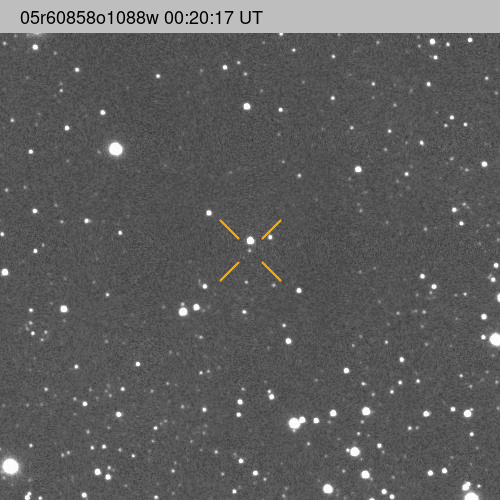
3I/ATLAS was detected and listed on July 1, 2025, by both the Minor Planet Centre and NASA/JPL on their Near-Earth Object confirmation pages, with the provisional designation A11pl3A. Although it was initially classified as a NEO, it poses no danger to our planet, as it is not expected to make a close approach to Earth.
Early estimates suggest that 3I/ATLAS could be between 10 and 30 kilometres in diameter and moving at a speed of approximately 68 kilometers per second relative to the Sun when it reaches perihelion, expected in October, at a distance of about 2 astronomical units. Its trajectory suggests it may have originated within the thin disc of our Galaxy, although it is still too early to confirm its exact origin.
Until now only two interstellar objects have been identified in our solar system: 'Oumuamua (2017) and comet 2I/Borisov (2019), the latter characterized for the first time by the IAC group, using data obtained with the GTC. The inclusion of 3I/ATLAS in this select category represents an extraordinary opportunity to deepen our understanding of these visitors from other stars.
Images and videos
Contacto:
Julia de León, jmlc [at] iac.es (jmlc[at]iac[dot]es)
Javier Licandro, jlicandr [at] iac.es (jlicandr[at]iac[dot]es)
